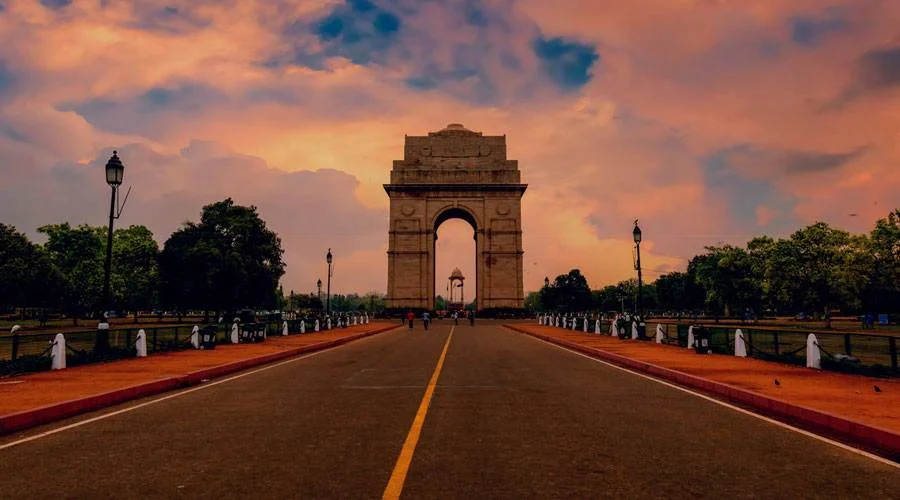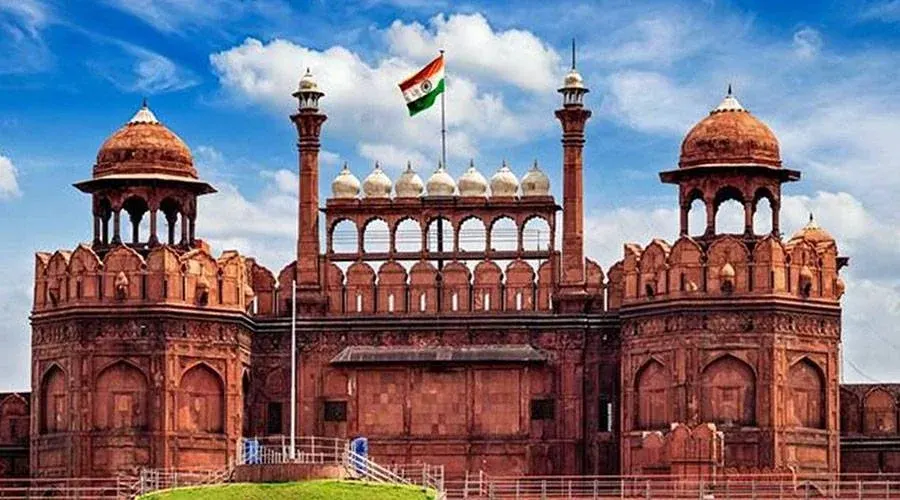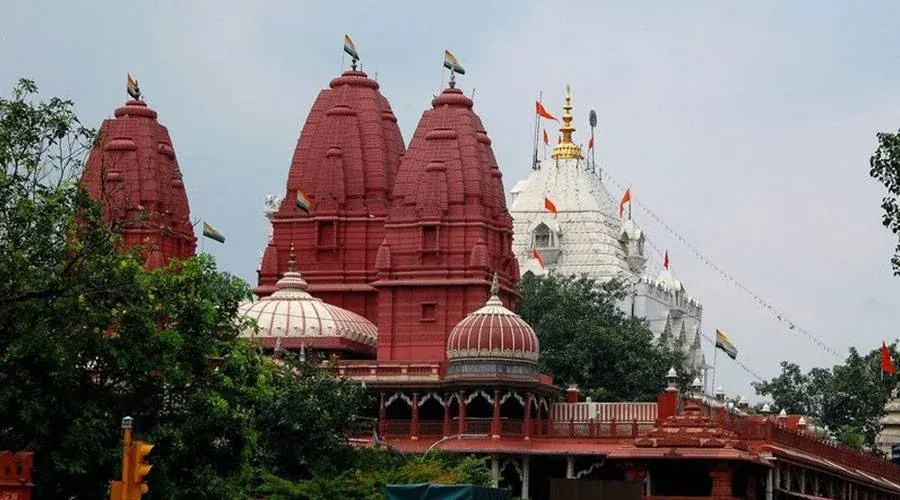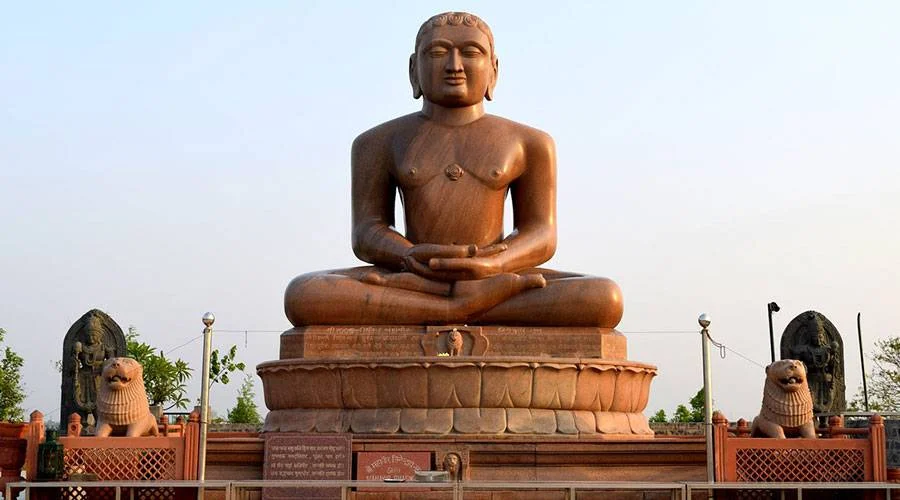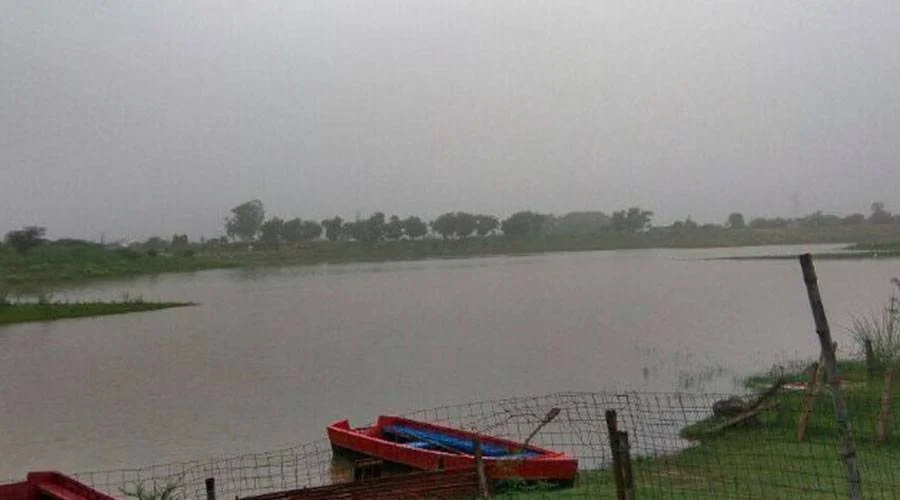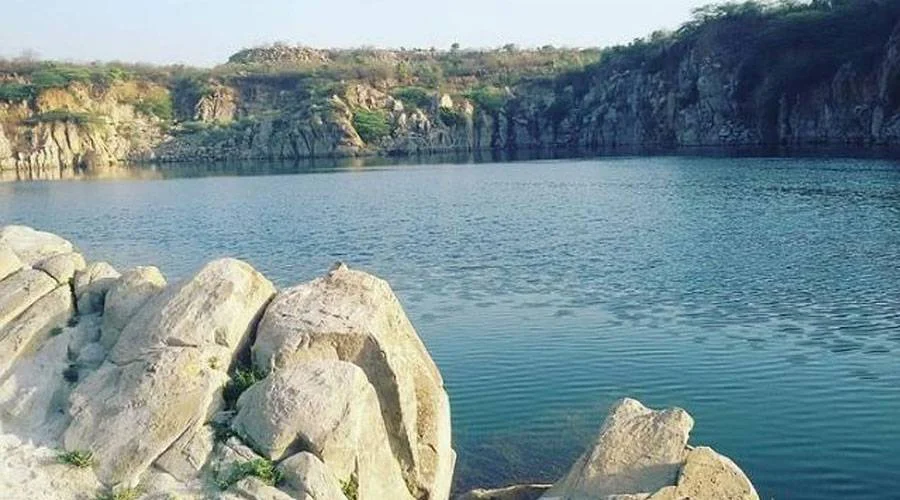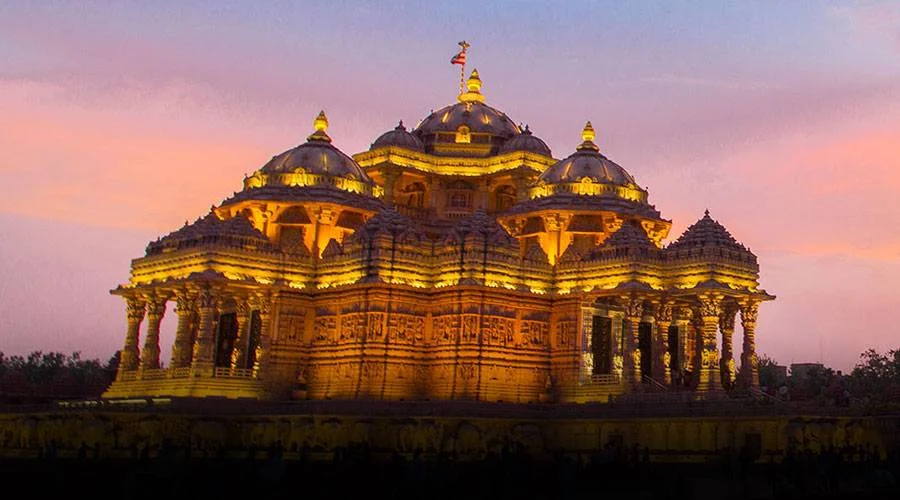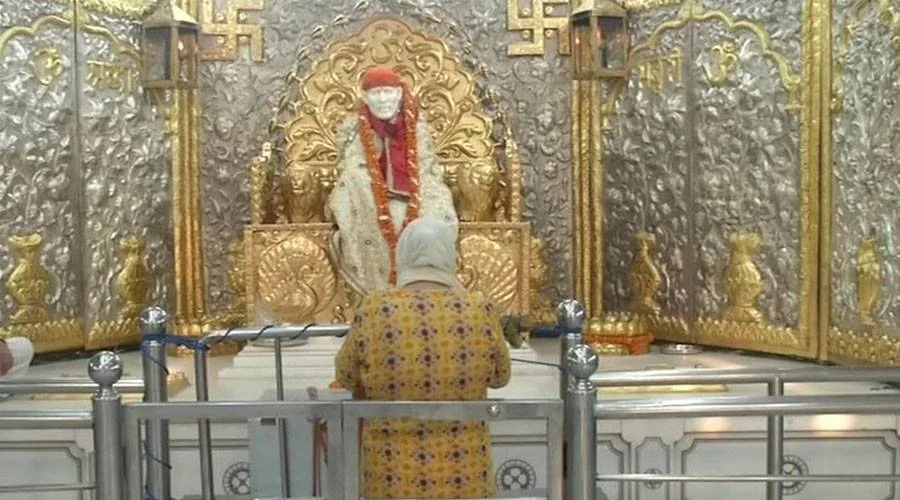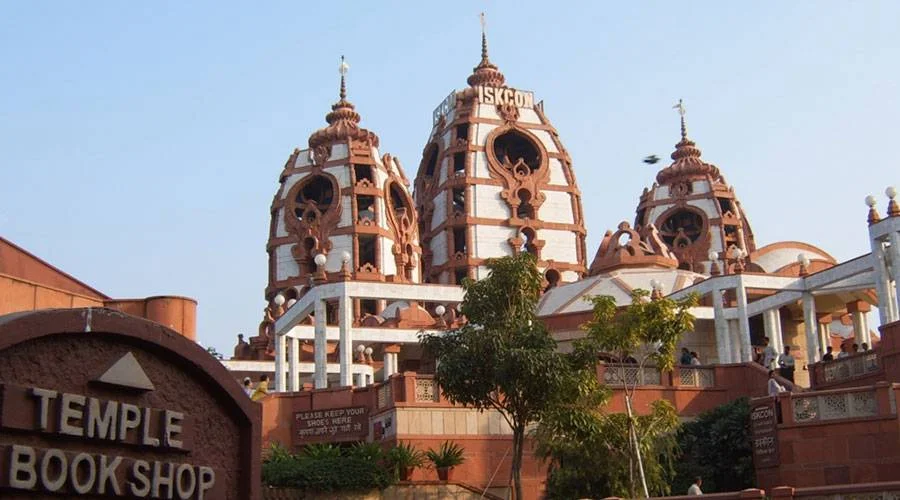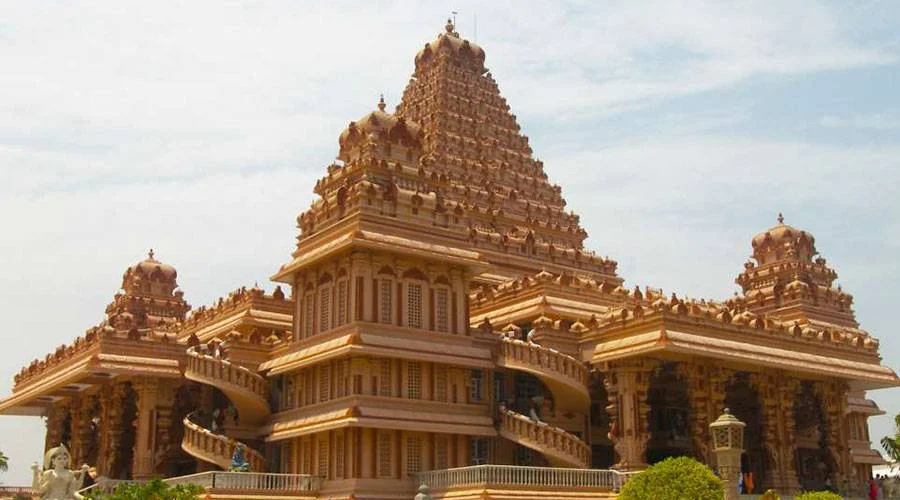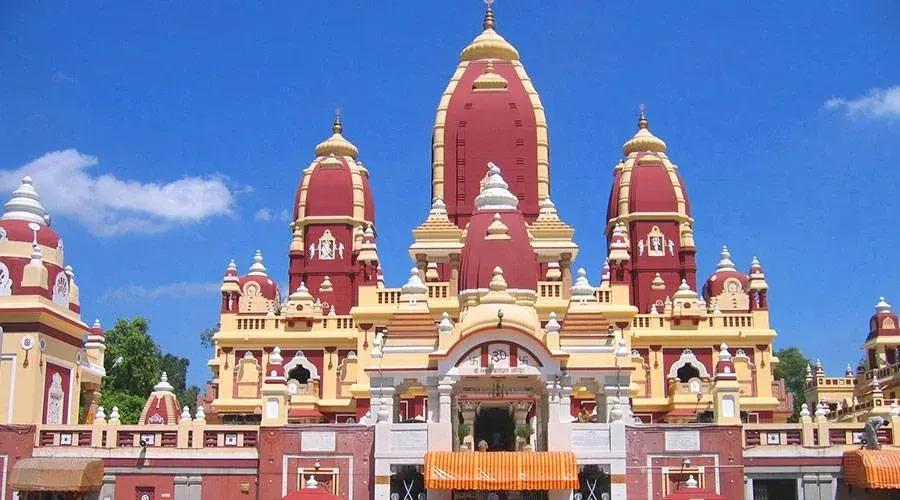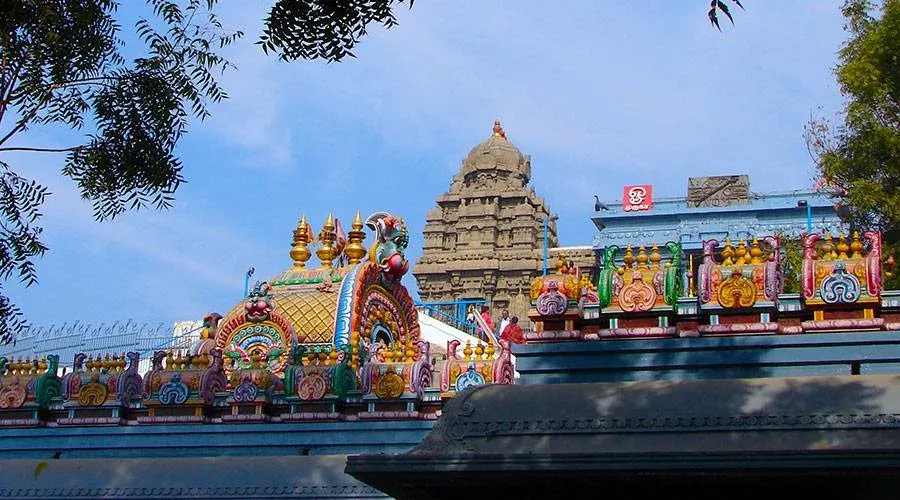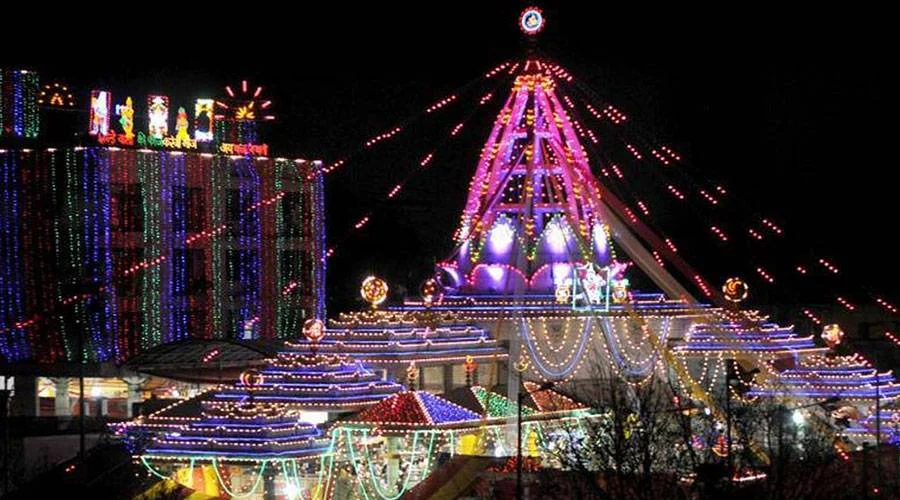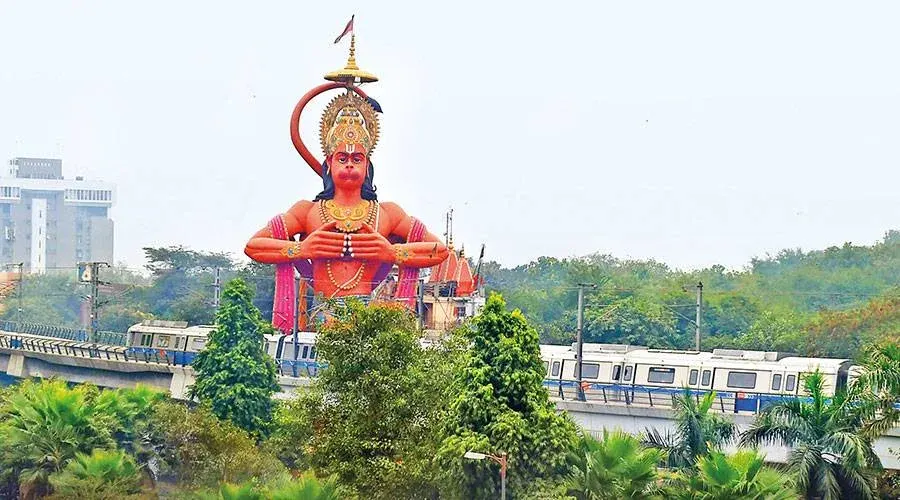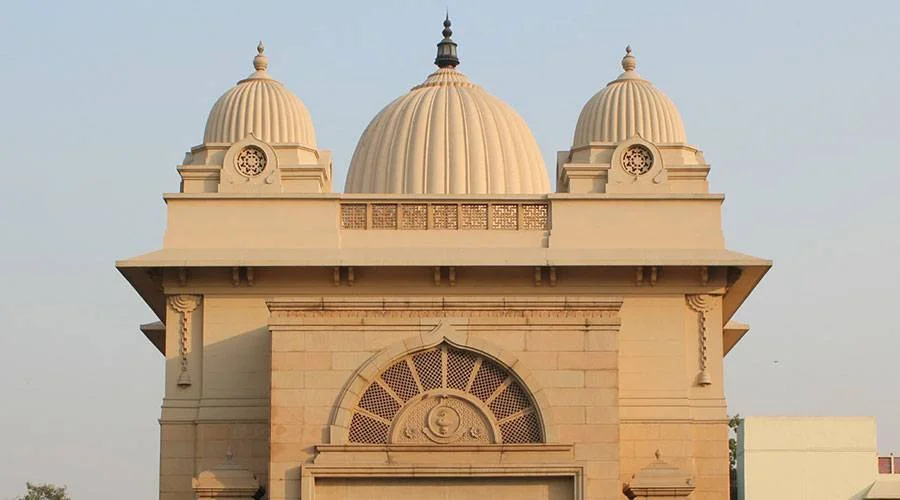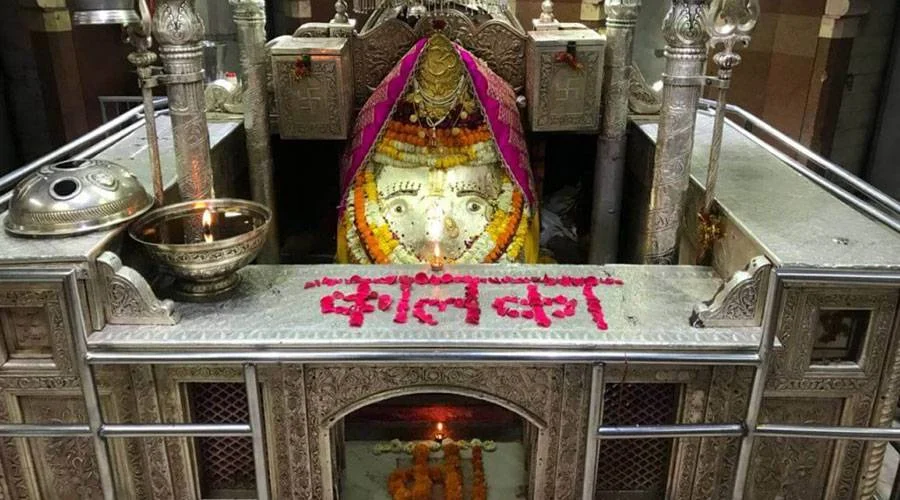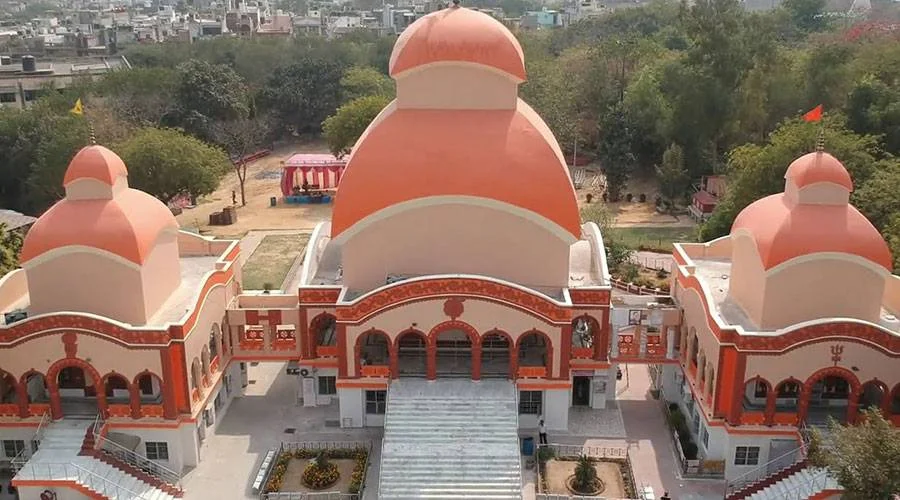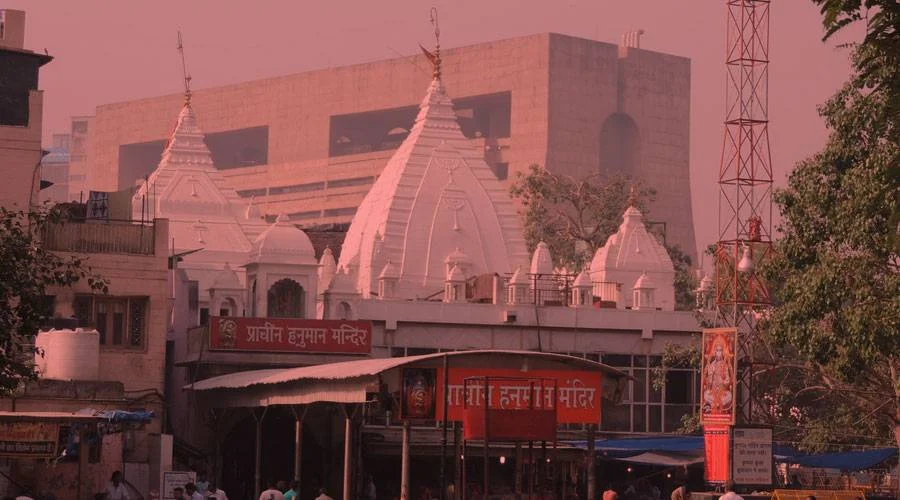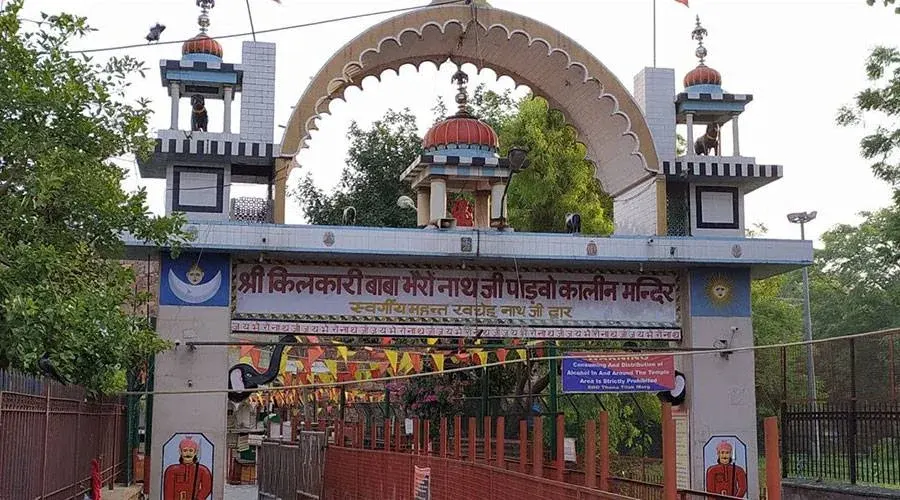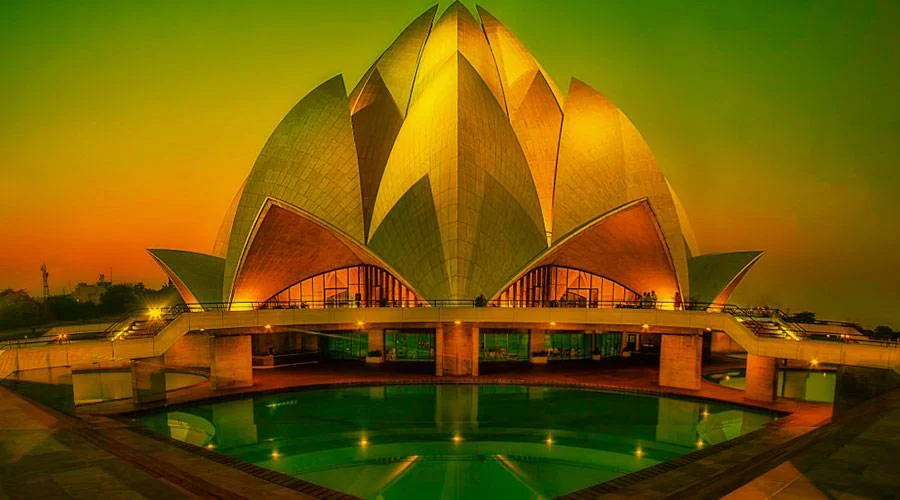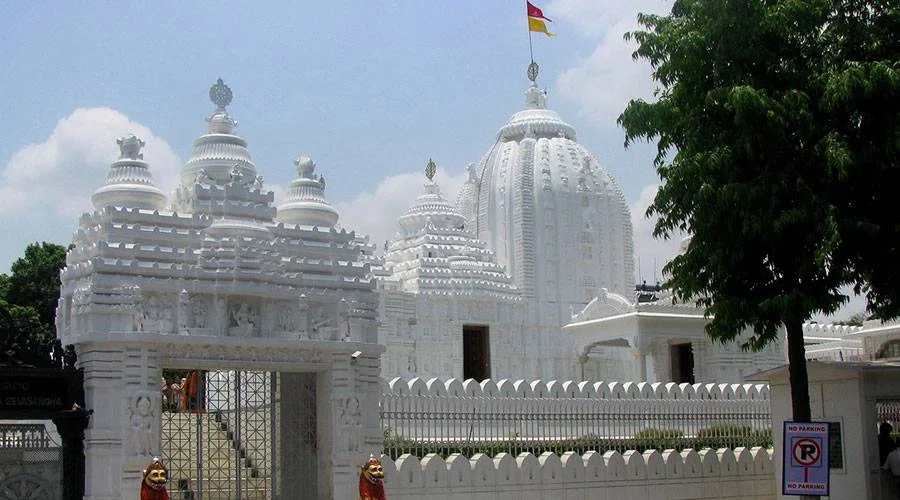India Gate, Delhi
The All India War Memorial, popularly known as the India Gate, is located along the Rajpath in New Delhi. The imposing structure of India Gate is an awe-inspiring sight and is often compared to the Arc de Triomphe in France, the Gateway of India in Mumbai, and the Arch of Constantine in Rome. This 42-meter tall historical structure was designed by Sir Edwin Lutyens and is one of the largest war memorials in the country. India Gate is also famous for hosting the Republic Day Parade every year.
Dedicated to 82,000 Indian and British soldiers who died during the First World War and the Third Anglo-Afghan War, this monument has the names of 13,300 servicemen inscribed on its surface. The premises of India Gate also houses the Amar Jawan Jyoti, which is a kindled structure right underneath the archway. Owing to its rich historical background and astonishing architecture, India Gate has become one of the most popular picnic spots in the city.
History
This stupendous structure was constructed by the Imperial War Graves Commission aka IWCG, which was established in 1917 to build war memorials and graves for soldiers who lose their lives in the First World War. The memorial was designed by a famous English architect by the name Sir Edwin Lutyens and its foundation was laid by the Duke of Connaught, third son of Queen Victoria, on 10 February 1921. After 10 long years, on February 12, 1931, Viceroy Lord Irwin inaugurated and dedicated this structure to the nation and its future generations. The names of over 13,000 soldiers who lost their lives during the war are also inscribed on the memorial.
In the honor of soldiers who sacrificed their lives in the Indo-Pakistan War of 1971, a new structure was added to the India Gate in 1972. Known as Amar Jawan Jyoti (which means the Flame of the Immortal Soldier), this was inaugurated by Indira Gandhi, who was the then PM of India.
Architecture
Sir Edwin Lutyens, who designed the India Gate, was a leading war memorial architect and was also a member of IWGC. He built it as a secular memorial free of any religious association or cultural ornamentation. Also, Lutyens wanted the monument to be a classical one, so refused to incorporate any Asian motifs such as pointed arches. The architectural style of India Gate is that of a triumphal arch and is often compared with the Arc de Triomphe in Paris, the Gateway of India in Mumbai, and the Arch of Constantine.
Situated in the middle of a hexagonal complex, the structure is 42 meters tall and 9.1 meters wide. The whole structure is made using yellow and red sandstone which was brought in directly from Bharatpur.
About 150 meters towards the east of the India Gate, there is a canopy that was built in 1936 as a tribute to the former Emperor of India, King George V. There used to be a marble statue of George V, but it was removed due to opposition from some political parties after India’s independence. Currently, the statue is located in Delhi’s Coronation Park.
India Gate also houses a small structure called Amar Jawan Jyoti, which consists of a marble pedestal with a cenotaph on its top. The cenotaph has the words ‘Amar Jawan’ written on all four sides in golden letters and also has a reversed rifle, capped by a soldier helmet, installed on it. The structure is surrounded by permanently burning flames fueled by CNG on all four sides.

